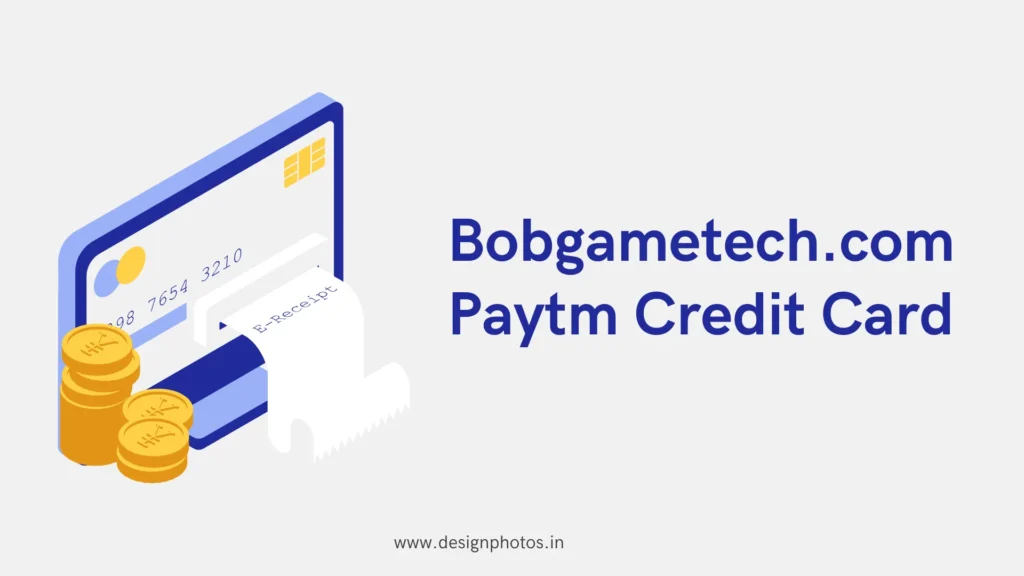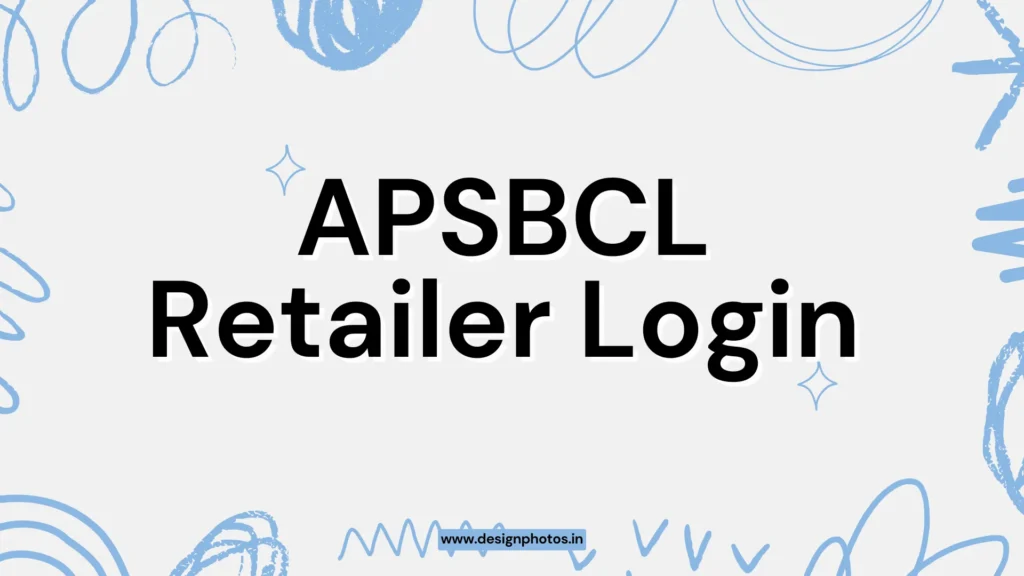Holyscript.online technology is emerging as a compelling approach to building modern, content-centric web experiences with a strong focus on performance, developer experience, and streamlined deployment. At its core, it represents a philosophy of simplicity and pragmatism where the tooling, architecture, and workflows are designed to help projects go from idea to production faster without sacrificing maintainability. This article explores what holyscript.online technology is, how it is typically structured under the hood, the types of projects it suits best, and how to get started with professional-grade practices.
What Is Holyscript.online Technology?
Holyscript.online technology can be understood as a platform and methodology for creating web applications that fuse content delivery, templating, and dynamic functionality into a clean, cohesive developer experience. Rather than requiring extensive configuration or piecemeal integration of disparate tools, it aims to provide an opinionated yet flexible foundation. That means projects do not need to reinvent the wheel for common tasks such as routing, rendering, asset optimization, or environment configuration. The result is a system that can serve static content quickly while still supporting dynamic routes, authenticated features, and robust integrations.
A useful way to frame holyscript.online technology is to consider it a “convention-over-configuration” approach translated to modern web standards. Conventions around directory structures, component placement, API endpoints, and configuration boundaries minimize set-up decisions so teams can focus on product value. For newcomers, this reduces the barrier to entry; for experienced teams, it reduces time lost to repetitive scaffolding and glue code. The larger benefit emerges when projects scale: consistent patterns and guardrails make it easier to onboard contributors, automate testing, and integrate observability.
Also Read – AreYouFashion.com: The Modern Style, Beauty, and Lifestyle Hub
Core Principles and Philosophy
The first principle is simplicity. Rather than layering multiple build tools and runtime frameworks that each require specialized knowledge, holyscript.online technology favors a deliberate core with logical defaults. The second principle is performance. Everything from route-based code splitting to image optimization and caching strategies is designed to reduce time-to-first-byte and improve interactivity. The third principle is extensibility. While the defaults work out of the box, the architecture provides clear extension points for plugins, middleware, and custom integration code. Finally, the fourth principle is content-first. Pages, posts, documentation, and data-driven content take center stage, supported by rendering strategies that favor fast delivery and effective indexing.
Architecture Overview
At a high level, the architecture includes a presentation layer, a server or edge layer, and a build pipeline. The presentation layer encompasses component rendering, routing, and state handling. Depending on the chosen rendering strategy, the platform can generate static pages ahead of time, render at request time on the server, or hydrate components in the browser to enable rich interactivity. Templates and components are usually structured to encourage reuse and consistent styling, with a clear split between layout elements and page-level logic.
The server or edge layer handles dynamic routing, API endpoints, data fetching, and sensitive operations like authentication or server-side transformations. In many setups, this layer is designed to run in serverless or edge environments for cost-effective scaling and low latency across regions. Caching at this layer, combined with well-defined revalidation policies, ensures users see fresh content when necessary while avoiding redundant computation.
The build pipeline is responsible for bundling, transpiling, and optimizing assets. Code splitting ensures only the assets required for a given route are delivered. Tree-shaking removes dead code to keep bundles small. Image and font optimizations, along with HTTP compression and intelligent caching headers, help reduce content payload sizes. The build also orchestrates environment variable injection, static asset hashing for cache-busting, and generation of sitemaps or RSS feeds where relevant.
Rendering Strategies
Choosing the right rendering model is essential. Static site generation is ideal for content that changes infrequently and must load extremely fast. Server-side rendering can be used when pages depend on user context or frequently changing data that needs to be presented on first load. Client-side rendering suits highly interactive subsections where initial payloads can be minimized and data can be fetched after the first paint. Many projects combine these models, using static generation for core content and SSR or CSR for interactive dashboards, gated content, or personalization. Incremental or on-demand regeneration further enables a hybrid approach where pre-rendered content is revalidated as underlying data evolves.
Developer Experience
Developer experience in holyscript.online technology revolves around a fast local development loop, predictable project scaffolding, and built-in diagnostics. A new project typically begins with a single command that creates a clean structure with pages, components, assets, and environment files. Live reload or hot module replacement enables immediate feedback on code changes without restarting the server. Error overlays surface stack traces and hints in development so problems are identified faster. Opinionated linting and formatting make the codebase consistent regardless of who wrote it.
Testing is encouraged to be part of the workflow from the beginning. Unit tests validate logic in components and utility modules. Integration tests ensure that pages render as expected, routing behaves properly, and data fetching pipelines return correct states. For critical user flows—like authentication, checkout, or form submissions—end-to-end tests help prevent regressions when dependencies update or infrastructure changes.
Performance Techniques
Performance is not an afterthought. The platform typically embraces route-based code splitting to ensure only what is needed for the active page is loaded. Images are served in modern formats with responsive sizes and lazy loading to reduce initial payloads. Fonts are optimized through preloading, subsetting, and fallbacks to minimize layout shifts. Data fetching is often paired with caching layers and revalidation strategies to avoid redundant network calls. Pre-rendering critical routes and prioritizing above-the-fold content help improve metrics like Largest Contentful Paint. Careful hydration strategies minimize JavaScript execution on first load, reducing Total Blocking Time and improving responsiveness.
Handling Data and APIs
A common data approach is to abstract fetch logic behind a server-side function or a shared client library. This keeps page components focused on presentation while data orchestration remains testable and reusable. For cacheable content like blog posts, pages can be statically generated from a content source and then revalidated. For user-specific data such as profiles or dashboards, requests can be handled via server-rendered endpoints that incorporate session state. Edge caching can accelerate content delivery worldwide, with cache keys that consider language, route parameters, or other headers.
When integrating with third-party APIs, the recommended approach is to use server-side proxies for sensitive keys and to centralize request logic. This allows retries, rate limiting, and uniform error handling. Secrets should never be exposed to the client, and environment variables should be managed via secure storage with separate values for development, staging, and production.
Security Foundations
Security involves a combination of secure defaults and maintainable practices. Inputs are sanitized and validated before processing, with server-side checks preventing injection attacks. Cross-site scripting is mitigated by escaping content, using safe templating constructs, and limiting direct insertion of untrusted HTML. CSRF protections are implemented where state-changing requests occur, often via tokens or same-site cookie policies. Authentication should leverage well-tested libraries with session management and token expiration, and authorization should be role-based or policy-based at the server level. Dependencies should be scanned regularly, with automated alerts configured for known vulnerabilities and a plan to patch quickly.
SEO and Accessibility
Search visibility depends on structured markup, clean routing, and fast loading. Titles, meta descriptions, and canonical tags should be consistent and generated per route. Open Graph and Twitter Card tags help social previews. Sitemaps and robots directives guide search crawlers. For content-heavy projects, structured data can enrich search results with breadcrumbs, articles, or FAQ markup. Accessibility is integral, not optional. Semantic HTML, proper label associations, keyboard navigability, and ARIA where necessary ensure inclusive use. Contrast ratios, focus indicators, and skip links round out the core essentials. Automated checks in the development workflow can detect many issues early, but periodic manual audits help maintain quality.
Internationalization and Localization
For global audiences, internationalization is built into routing and content delivery. Language-specific routes or subpaths organize content, while translation files or content sources provide localized strings. Dates, numbers, and currencies should be formatted based on locale. When building for multiple languages, ensure that metadata and structured data also reflect the correct language. Caching and CDN settings should incorporate locale information so that the correct language version is delivered efficiently.
Use Cases and Ideal Projects
Holyscript.online technology is a strong match for content-rich websites like blogs, documentation portals, and knowledge bases. Its rendering strategies favor quick delivery of text-heavy pages while supporting modern interactivity where needed. It is equally effective for data-driven applications such as dashboards and internal tools, where server-rendered pages can present fresh data and interactive charts without compromising first-load performance. Educational platforms and community hubs can also benefit due to the clear scaffolding patterns, authentication support, and straightforward deployment pathways.
Comparison with Other Approaches
Compared to assembling a custom stack from scratch, this approach reduces configuration and integration complexity. While general-purpose meta-frameworks can offer similar power, holyscript.online technology emphasizes a balanced experience where sensible defaults reduce toil. Unlike purely client-rendered SPA setups, it avoids common pitfalls around slow first loads and SEO limitations by embracing prerendering and server rendering. The trade-off is that highly bespoke build customizations may require learning the platform’s extension points; however, most common needs are addressed by existing hooks, adapters, or middleware patterns.
Getting Started
A standard getting-started flow begins with ensuring a compatible runtime and package manager are installed. A project can be created via a scaffolding command that lays out pages, components, public assets, and configuration files. Environment variables for development can be stored locally in a file that is excluded from version control. Running the development server provides a local URL with live reload for rapid iteration. Building for production yields an optimized output with hashed assets and generated artifacts like sitemaps or prerendered routes. A minimal first feature might be a blog page with a list of posts, a detail page driven by a dynamic route, and a layout component for site-wide navigation and SEO tags.
Also Read – OceanofPDF Guide: Review, Safety & Top Alternatives
Production Deployment
Deployment targets include serverless platforms, edge networks, and containerized environments. The choice depends on traffic patterns, geographic distribution, and the need for long-running processes. CI/CD pipelines should install dependencies with deterministic locks, run tests and linters, build artifacts, and upload them to the hosting platform. Environment variables for production should be stored securely with write-only privileges during deployment. Observability is crucial: integrate logging, performance metrics, tracing, and uptime monitoring to catch issues early. Safe deployment strategies such as blue-green or canary releases reduce risk, while rollbacks provide a quick exit if a regression appears post-release.
Observability and Maintenance
A robust observability setup includes logs with correlation IDs, structured event fields, and alerts for error rates or latency spikes. Tracing across serverless functions, edge handlers, and client interactions helps diagnose slow paths. Performance budgets and synthetic monitoring keep Core Web Vitals within targets. Maintenance involves updating dependencies on a regular cadence, rotating keys and secrets, and performing security audits. Documentation within the repository, covering environment setup, commands, coding standards, and troubleshooting, supports long-term sustainability and contributor onboarding.
Scaling Teams and Processes
As projects grow, team coordination matters as much as technical choices. Establish a consistent branching strategy and code review process. Define standards for component architecture, naming conventions, and testing thresholds. Maintain a design system with reusable components to keep UI consistent and reduce development time. Automate linting and formatting to minimize friction in reviews. Create small, independent modules where possible, enabling parallel work and reducing conflicts. Good process paired with predictable tooling allows teams to ship faster without sacrificing quality.
Advanced Topics
For advanced scenarios, consider edge-rendered personalization where user context or geolocation can alter content without sacrificing speed. Streaming server rendering can improve perceived performance on complex pages. Partial hydration and islands architecture can reduce client-side JavaScript while preserving interactivity in key sections. On the data side, integrate background jobs for precomputing expensive content, use queues for rate-limited APIs, and leverage incremental static regeneration to keep content fresh without rebuilding the entire site. If compliance is a concern, implement data residency controls, audit logs, and encryption at rest and in transit throughout the stack.
Common Pitfalls and How to Avoid Them
One common pitfall is over-customizing the build pipeline too early. The defaults exist to solve common needs efficiently; only extend where there is a clear requirement. Another pitfall is allowing client-side JavaScript to grow unchecked, which harms performance and maintainability. Keep an eye on bundle sizes, use code splitting aggressively, and analyze dependencies that sneak into the client. A third pitfall is neglecting accessibility and SEO until late in the process. Bake these into templates and workflows from the start to avoid costly retrofits. Finally, avoid secret sprawl by centralizing environment variables in secure stores and limiting their scope.
Roadmap and Ecosystem
The long-term promise of holyscript.online technology lies in a stable core and a growing ecosystem of templates, plugins, and integrations. Expect iterative enhancements to the developer experience, better defaults for performance and accessibility, and expanded adapters for hosting and data services. Community contributions typically focus on starter kits, content management integrations, and utility libraries that reduce boilerplate for common patterns. Clear documentation, example repositories, and active discussion channels help newcomers adopt best practices rapidly.
Conclusion
Holyscript.online technology represents a modern, content-first way to build fast, maintainable web applications without drowning in configuration or fragmented tools. By unifying rendering strategies, performance optimizations, and sensible conventions, it helps teams deliver production results quickly and reliably. Its emphasis on developer experience, security, SEO, and scalability makes it a strong choice for blogs, documentation, data dashboards, educational platforms, and community hubs. With a well-defined architecture, clear extension points, and a maturing ecosystem, it equips projects to evolve gracefully from prototype to production, and from single-author sites to cross-functional teams operating at scale.
FAQs
What is holyscript.online technology?
Holyscript.online technology is a modern, content-first approach to building web applications that combines convention-driven structure, hybrid rendering, and built-in performance optimizations to streamline development from prototype to production.
How does holyscript.online technology improve performance?
Holyscript.online technology improves performance through route-based code splitting, intelligent caching, image and font optimization, and the use of static generation or server-side rendering where appropriate to reduce time-to-first-byte and boost Core Web Vitals.
Is holyscript.online technology suitable for SEO-focused websites?
Yes, holyscript.online technology is well-suited for SEO because it supports prerendering, clean routing, metadata management, and structured data, helping content-heavy sites like blogs and documentation rank more reliably.
Can holyscript.online technology scale for complex apps?
Holyscript.online technology scales effectively using a clear project structure, testing and observability practices, serverless or edge deployments, and extensibility via plugins and middleware for advanced integrations and domain-specific needs.
How do developers get started with holyscript.online technology?
Developers typically begin by scaffolding a new project, running a local dev server with live reload, building a first feature such as a blog index and post route, and then setting up CI/CD to deploy holyscript.online technology to serverless or edge environments with logging, metrics, and secure environment variables.



